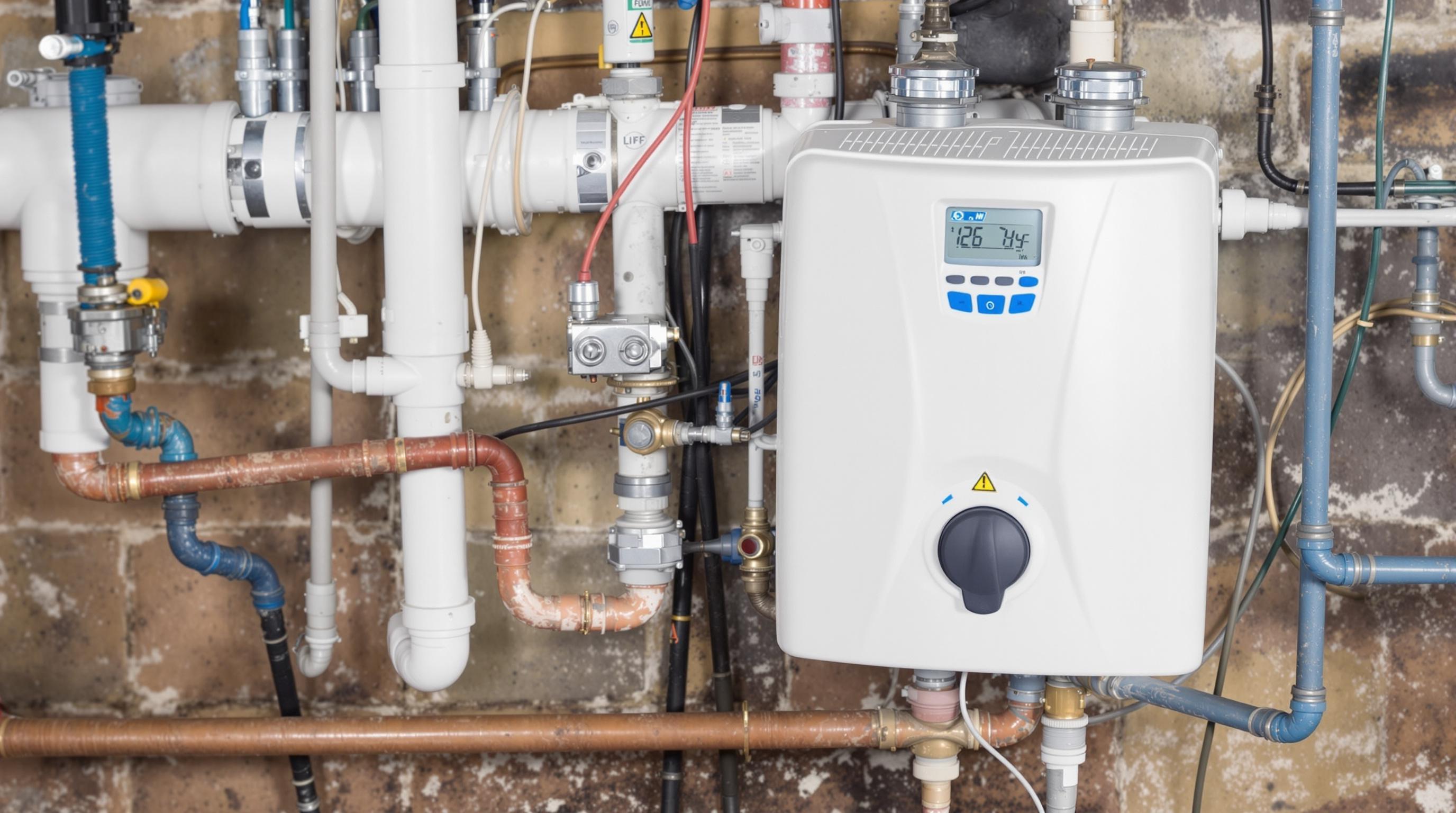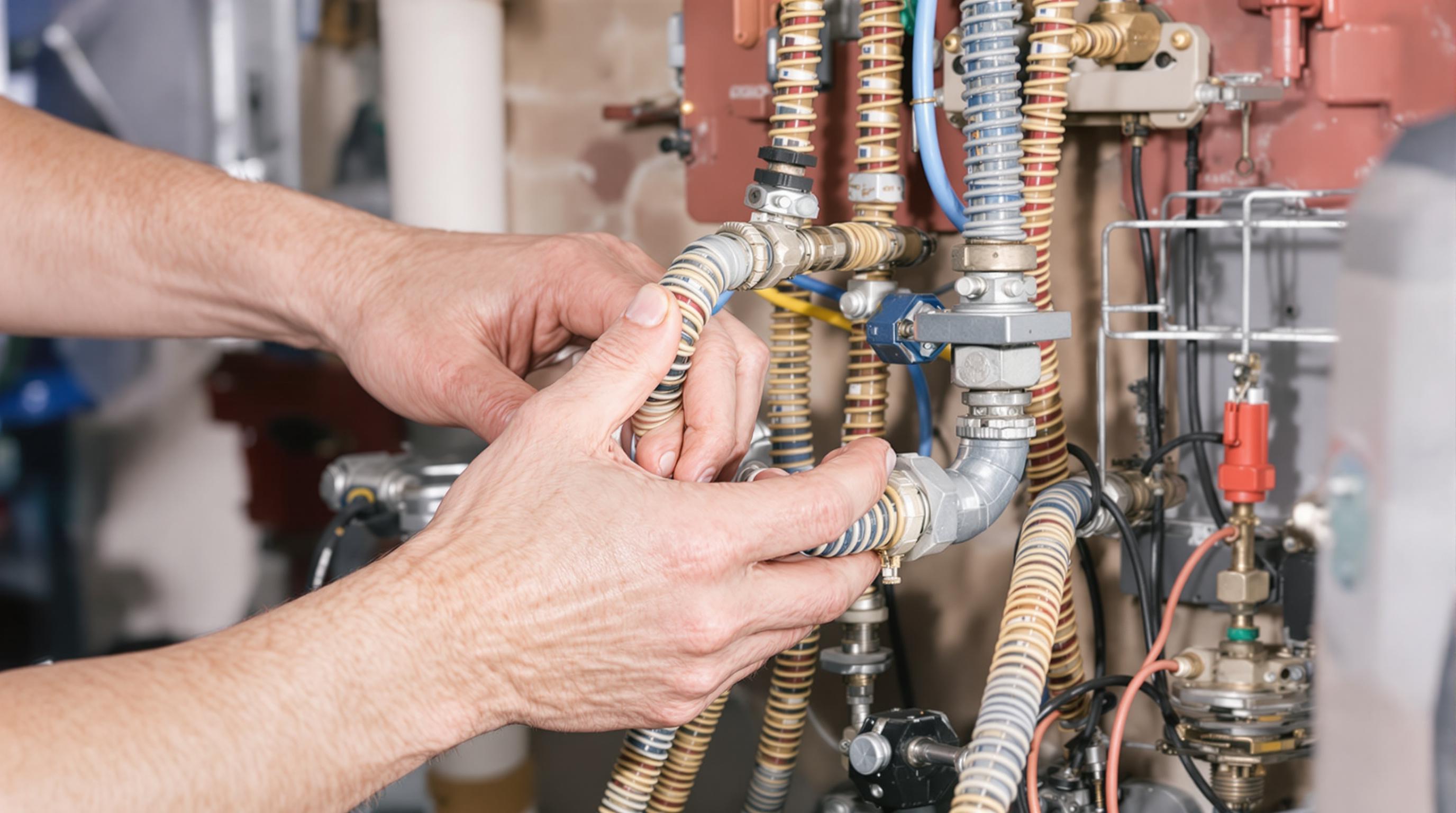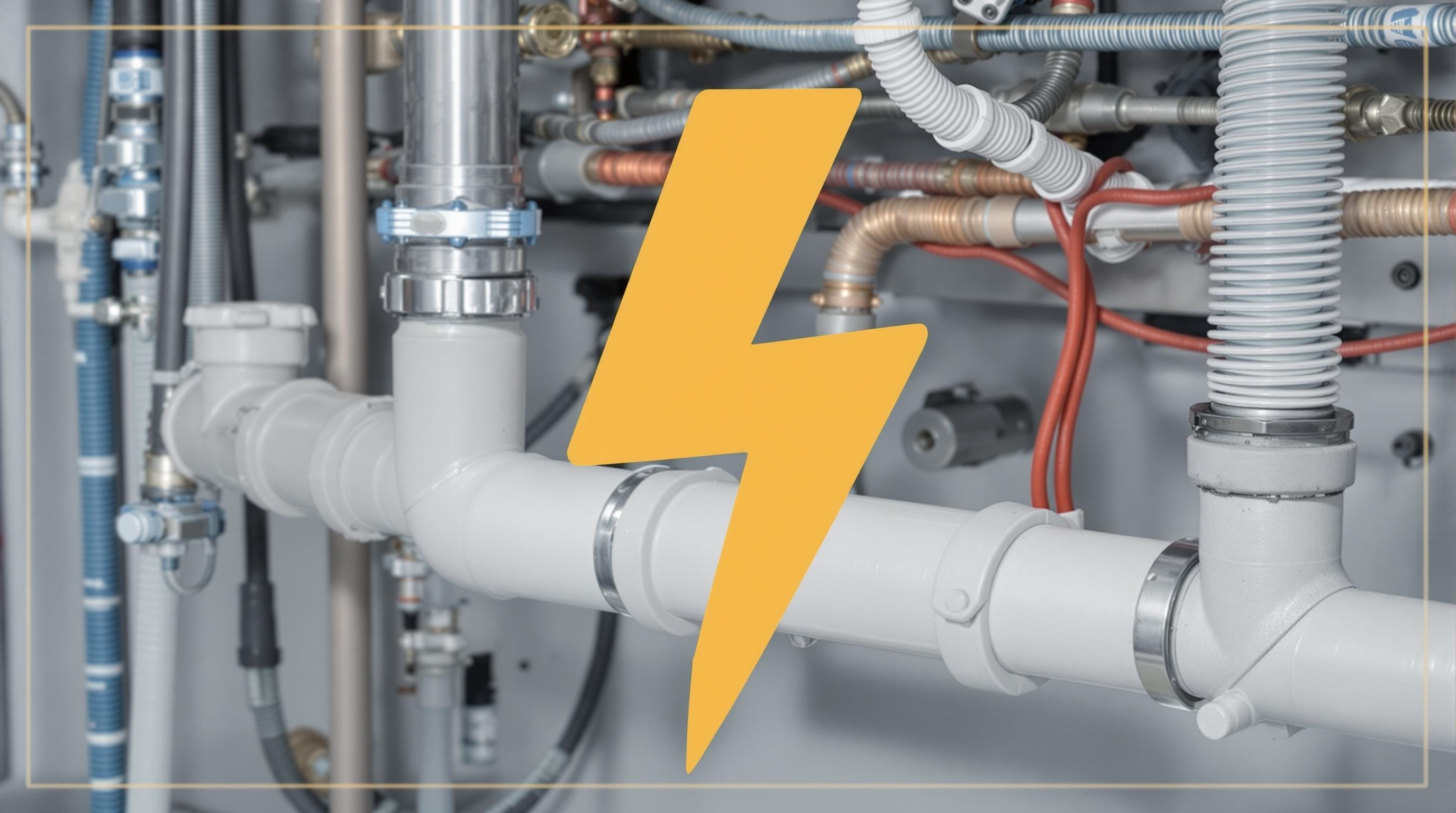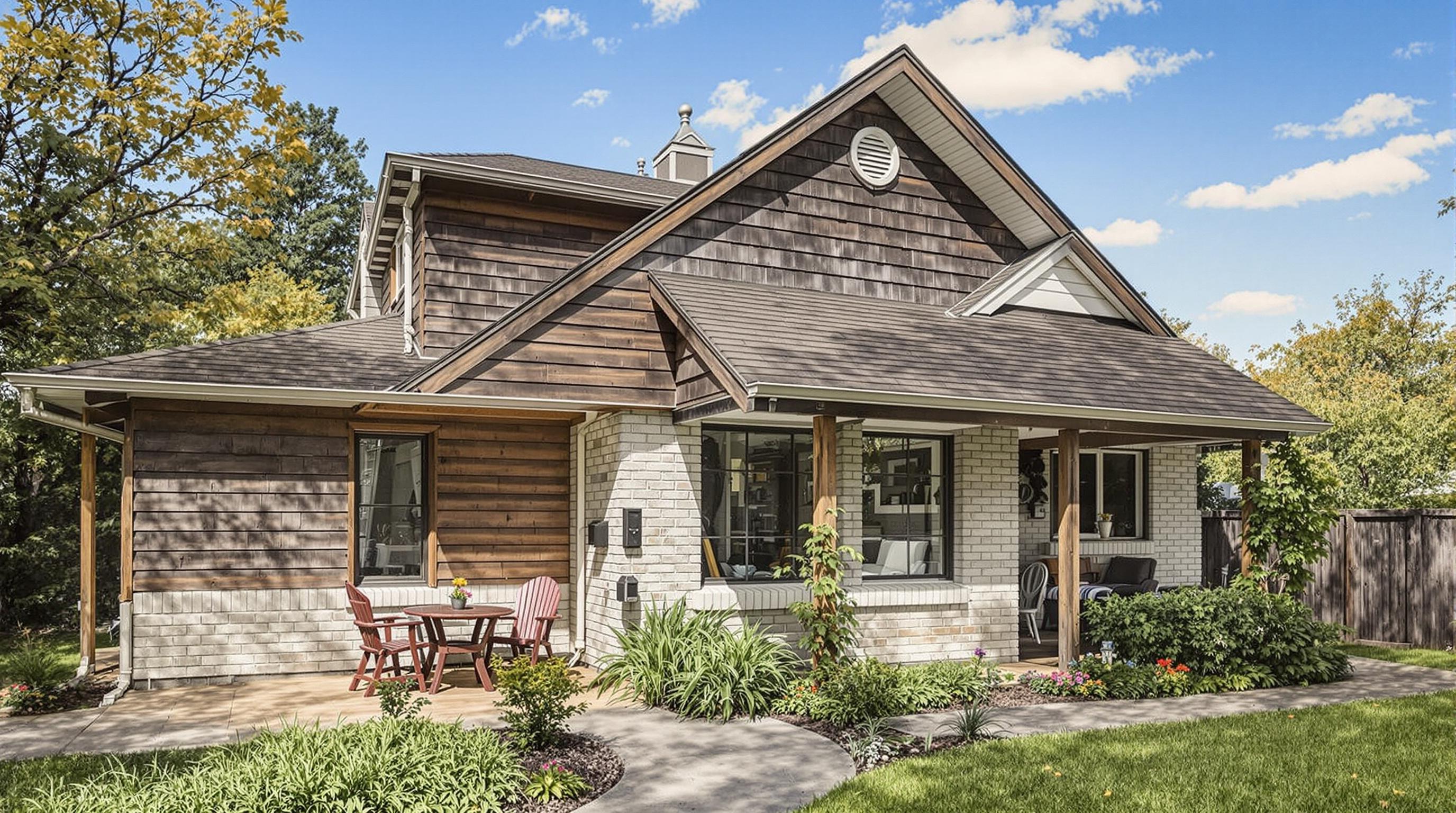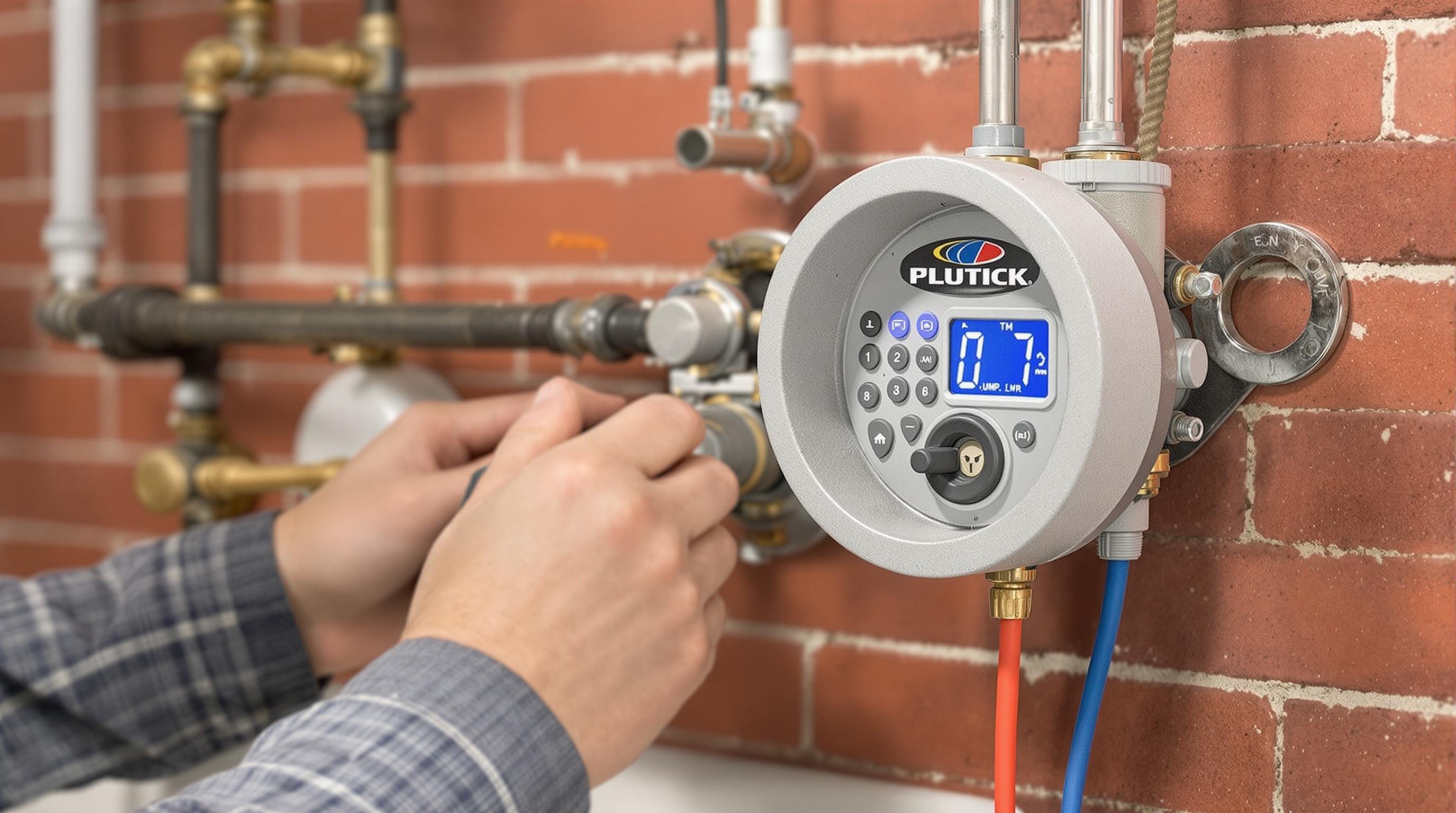Related Articles
- The Hidden Influence of Ergonomics: How Tool Design Shapes Our Physical Spaces and Daily Lives
- The Silent Influence: How Hidden Home Implements Shape Our Daily Routines and Spaces
- The Counterintuitive Role of Chaos: How Messy Tool Storage Can Lead to Unexpected Home Innovations
- Exploring the Unseen: How Audio Experiences Shape the Art of Domestic Spaces and Color Perception
- Rethinking the Mundane: How Everyday Objects are Becoming the Canvas for Modern Artistic Expression in Home Spaces
- Cultivating Chaos: The Surprising Benefits of Embracing Weeds in Your Garden Ecosystem
7 Unusual Ways Plumbing and Electrical Systems Affect Your Home's Eco-Friendliness and Energy Efficiency
7 Unusual Ways Plumbing and Electrical Systems Affect Your Home's Eco-Friendliness and Energy Efficiency
7 Unusual Ways Plumbing and Electrical Systems Affect Your Home's Eco-Friendliness and Energy Efficiency
1. Low-Flow Fixtures in Plumbing
Low-flow plumbing fixtures, such as showerheads and faucets, can significantly reduce water consumption in the household. By limiting the volume of water used without sacrificing performance, these fixtures save both water and the energy required for heating it. The result is a lower overall utility bill and a reduced environmental impact.
Replacing standard fixtures with low-flow options can lead to savings of up to 60% in water usage, which is particularly beneficial in water-scarce regions. According to the U.S. Environmental Protection Agency (EPA), adopting WaterSense-labeled fixtures can save an average family about 3,000 gallons of water each year.
Additionally, lower water consumption can reduce the burden on sewage systems and water treatment facilities, further contributing to environmental conservation efforts. Thus, updating plumbing fixtures is a practical step toward enhancing a home’s eco-friendliness.
2. Insulated Pipes for Temperature Conservation
Insulating hot water pipes can improve energy efficiency by reducing heat loss. When hot water runs through uninsulated pipes, it cools down before it reaches your taps, necessitating the use of more energy to heat it back up. By wrapping pipes in insulation, homeowners can maintain warmer temperatures, requiring less energy overall.
Research indicates that insulating pipes can reduce heat loss by approximately 80%, making it a worthy investment for energy-conscious individuals. This practice is especially valuable in colder climates, where heat retention can significantly impact heating costs.
In turn, this not only minimizes energy expenses but also lessens environmental strain from energy production. Less energy consumption translates to lower emissions, making insulated pipes an often-overlooked component of a sustainable home.
3. Energy-Efficient Appliances
Modern energy-efficient appliances reduce electricity and water consumption, directly impacting a home's overall eco-friendliness. Many household appliances, such as dishwashers and washing machines, are now designed to meet stringent energy efficiency standards.
Appliances with the ENERGY STAR label consume up to 50% less energy than their conventional counterparts. This translates directly into lower utility bills and a smaller carbon footprint, as electricity generation often involves fossil fuels.
Further, these appliances often come with advanced features designed to optimize performance while minimizing resource usage, demonstrating that technological advancements play a key role in sustainability. Investing in energy-efficient models is a wise choice for both the wallet and the planet.
4. Smart Home Technology
Smart home technology can contribute to energy efficiency by optimizing energy usage throughout the home. Smart thermostats, for example, learn the homeowner's patterns and adjust heating and cooling accordingly. This can reduce unnecessary energy consumption when a home is empty or during nighttime hours.
Moreover, smart plugs and lighting systems allow homeowners to monitor and control energy usage in real time. By tracking consumption patterns, individuals can make informed decisions about when and how much energy to use, ultimately leading to reduced environmental impact.
Research by the Lawrence Berkeley National Laboratory has shown that homes with smart technology can save significantly on energy costs, reinforcing the importance of integrating modern technology into sustainable living practices.
5. Greywater Systems
Greywater systems recycle water from sinks, showers, and washing machines for reuse in irrigation and other non-potable applications. By implementing a greywater system, homeowners can dramatically decrease their freshwater consumption and promote more sustainable water use.
These systems not only decrease water bills, but they also reduce the amount of wastewater entering the sewer system, leading to less strain on municipal treatment facilities. For regions facing droughts or water shortages, greywater systems can be particularly beneficial.
In fact, the California Department of Water Resources notes that up to 50% of household water can be reused through these systems. As demand for sustainable water management rises, greywater reuse is an effective solution for environmentally-conscious homeowners.
6. Properly Sealing Electrical Outlets
While often overlooked, unsealed electrical outlets and switches can contribute to drafts and energy loss within a home. By sealing these areas properly with outlet gaskets, homeowners can prevent warm air from escaping or cold air from entering, which in turn helps maintain a stable indoor temperature.
As a result, heating and cooling systems can operate more efficiently, ultimately leading to reduced energy consumption. A report from the U.S. Department of Energy estimates that sealing gaps and insulation can save a household about 10-20% on heating and cooling costs.
By focusing on the small details—such as outlet sealing—homeowners take a significant step towards enhancing both energy efficiency and eco-friendliness in their living spaces.
7. Choosing Sustainable Materials
The materials used in plumbing and electrical systems can also affect a home's environmental impact. Opting for products made from sustainable materials—such as reclaimed wood or recycled metal—can drastically reduce resource consumption and promote eco-friendly practices.
Moreover, using products that are free from harmful chemicals, such as PVC or lead, contributes to healthier indoor air quality. Materials that are durable and designed for longevity also reduce waste over time, as they need to be replaced less frequently.
Lastly, consumers are increasingly prioritizing eco-conscious brands in their purchasing decisions. According to a 2020 Nielsen report, 73% of millennials are willing to pay more for sustainable products, suggesting a shift towards prioritizing eco-friendliness in home renovations and upgrades.
